Navigating London’s Contemporary Art World
By Something CuratedLondon’s contemporary art offering is certainly plentiful, with an unending calendar of exhibitions and events, showcasing the work of established and emergent talent. Often, and more so in recent times, the boundaries between various platforms of display have become seemingly blurred, making distinguishing commercial and institutional channels trickier. It’s useful to note that museums and non-profits are very different entities from commercial art galleries. Though curatorial practices challenge preconceptions of what a commercial show can be, there is ultimately a profit-making aim which frames the work. There are of course interesting exceptions, for example, the Guggenheim museum, which does not sell art but is operated like a business, franchising out. There are also a growing number of corporations or high net worth individuals who operate their collections like museums for the public. Some of the recent public collections in this realm are the Saatchi Gallery and Damien Hirst’s Newport Street Gallery.
Museums are considered to be sites of entertainment and education, where different exhibits and curated spaces impart knowledge. Generally speaking, art galleries, on the other hand, are usually small businesses that exhibit art for the purposes of promoting and selling it. As more commercial platforms introduce non-profit elements, inevitably securing cultural capital, and non-profits find resourceful ways to secure funding, these lines become furthermore imprecise, at least outwardly. In saying this, there still remains a dominant agenda in which most art organisations sit, and with this in mind, Something Curated has compiled a list of London’s most exciting art destinations, fitting into the categories of institutions, non-profits, commercial galleries and fairs, with a focus on the founders and directors behind the organisations.
London Institutions
Camden Arts Centre || Jenni Lomax
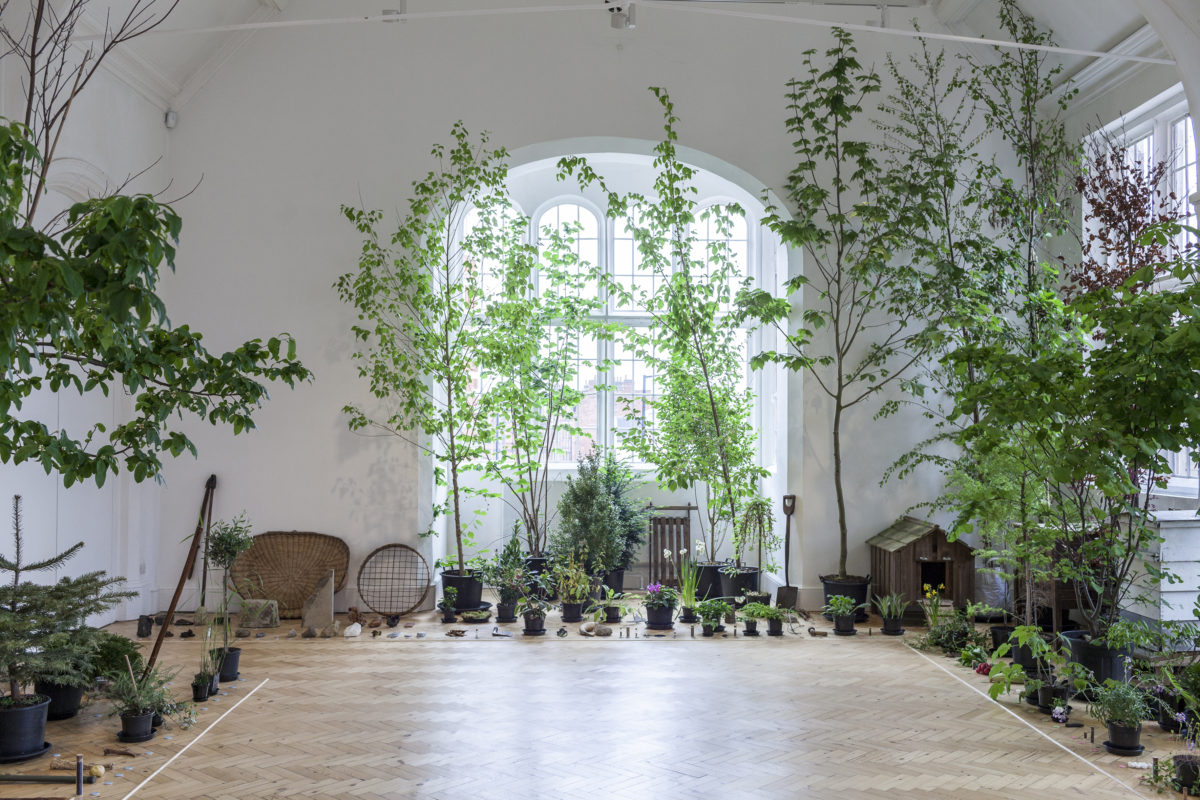
With artists at the core of the programme, Camden Arts Centre strives to engage members of the public in the ideas and processes of today’s artists, and the artists who inspire them. Exhibitions feature emerging and international artists showing for the first time in London, historic figures who inspire contemporary practice and artist-selected group shows. Jenni Lomax OBE has been the Director of the Camden Arts Centre since 1990. In the 1970s, Lomax was part of the curatorial team assembled by Nicholas Serota at the Whitechapel Art Gallery. Led by Lomax, Camden Arts Centre also supports artists in making new works. Central to its programme is the artist residency, which aims to develop artists’ practices with hands-on support, resulting in new work and public participation. Past residency artists include Felix Gonzales-Torres, Mike Nelson, Graham Gussin, Martin Creed and Jordan Baseman.
Institute of Contemporary Arts || Stefan Kalmár

Founded in 1946, the ICA is a membership institute that promotes and encourages an understanding of art and culture. Through a vibrant programme of exhibitions, films, talks and events, the ICA examines recent impulses in artistic production while stimulating debate surrounding the arts. With its critically-acclaimed exhibition and film programme, as well as its off-site and touring strands, the ICA continues to engage new generations of artists and audiences alike. Stefan Kalmár was appointed as the new Director of the ICA last year, succeeding Gregor Muir. Kalmár, an art world veteran, came to the Institute of Contemporary Arts from non-profit initiative Artists Space in New York, and was a Turner Prize judge in 2014. He remarked: “There really is no other organisation like the ICA – indeed it is the birthplace of all ICAs.”
Royal Academy of Arts || Royal Academicians including Phyllida Barlow, Norman Ackroyd, Neil Jeffries & more

The Royal Academy has much in common with museums and galleries, but also has a broader role, promoting not just the appreciation and understanding of art, but also its practice. The artist-led organisation represents many different perspectives, running as an independent charity. Of the 80 Academicians, there must always be at least 14 Sculptors, 12 Architects and 8 Printmakers; the rest are all Painters. In addition are the Honorary RAs (artists from outside the UK) and Honorary Fellows and Honorary Members, eminent individuals from beyond the art world. From teaching in the RA Schools to deciding on the exhibitions programme, they are at the heart of the institution. The Royal Academy was Britain’s first art school. Their three-year postgraduate course is one of the most competitive in the country, and continues to offer free tuition to all students. The RA’s constantly evolving programme continues to attract some of the most sought-after teaching staff, visiting artists and thinkers in the world.
Tate Modern || Frances Morris
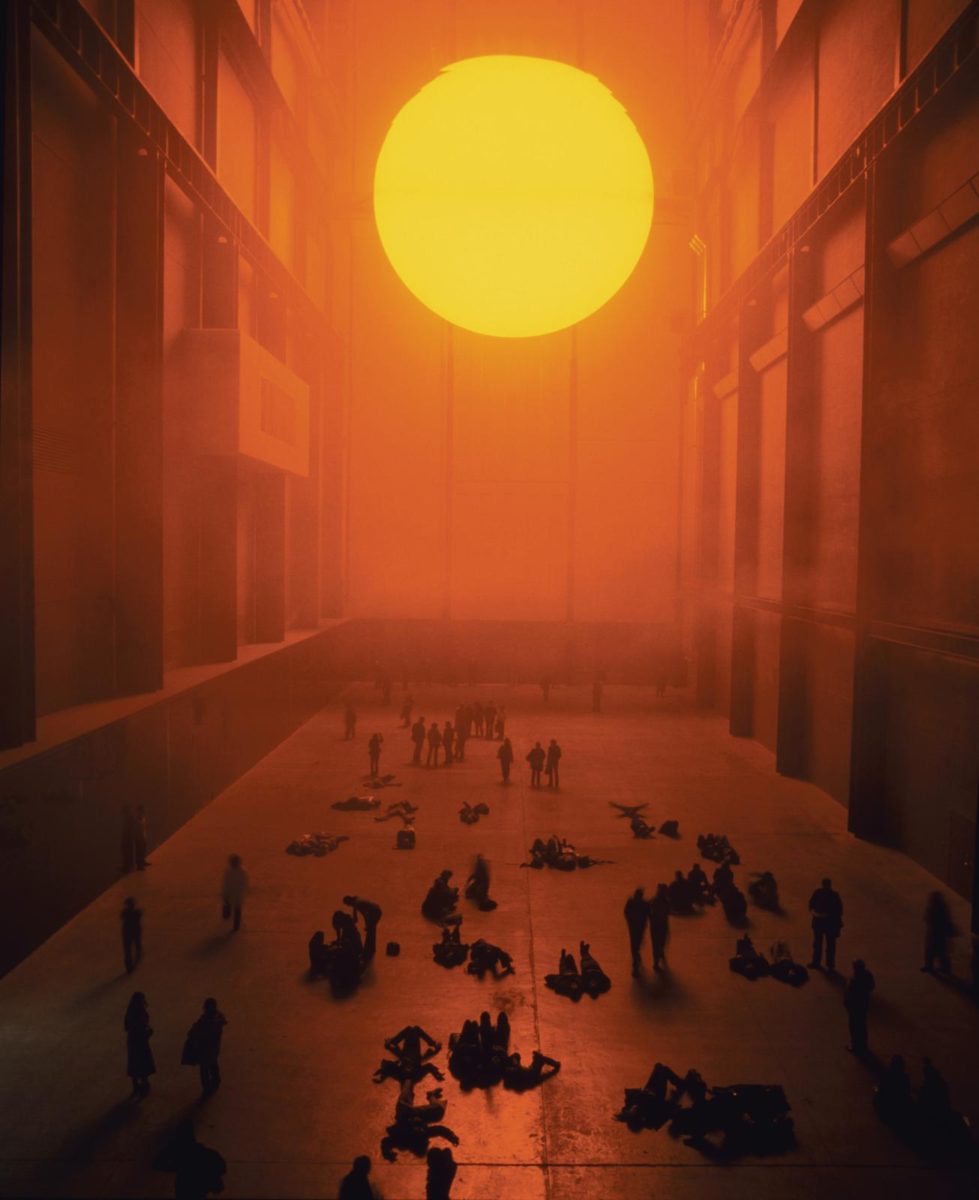
Tate Modern is one of the largest museums of modern and contemporary art in the world. Its iconic Turbine Hall is a single large space running the entire length of the building; at six stories tall it represents the full height of the original power station. Last year, the institution announced that Frances Morris was appointed the new Director; she played a vital role in the run up to the new Herzog & de Meuron site’s launch back in June. Morris has been critical in the development of the museum, joining as a curator in 1987, becoming Head of Displays at Tate Modern and then Director of Collection, International Art. She has continually worked to re-imagine Tate’s collection and has been instrumental in developing its international reach and its representation of women artists. Morris was jointly responsible for the initial presentation of the opening collection displays at Tate Modern in 2000, which radically transformed the way museums present the story of modern art.
Whitechapel Gallery || Iwona Blazwick
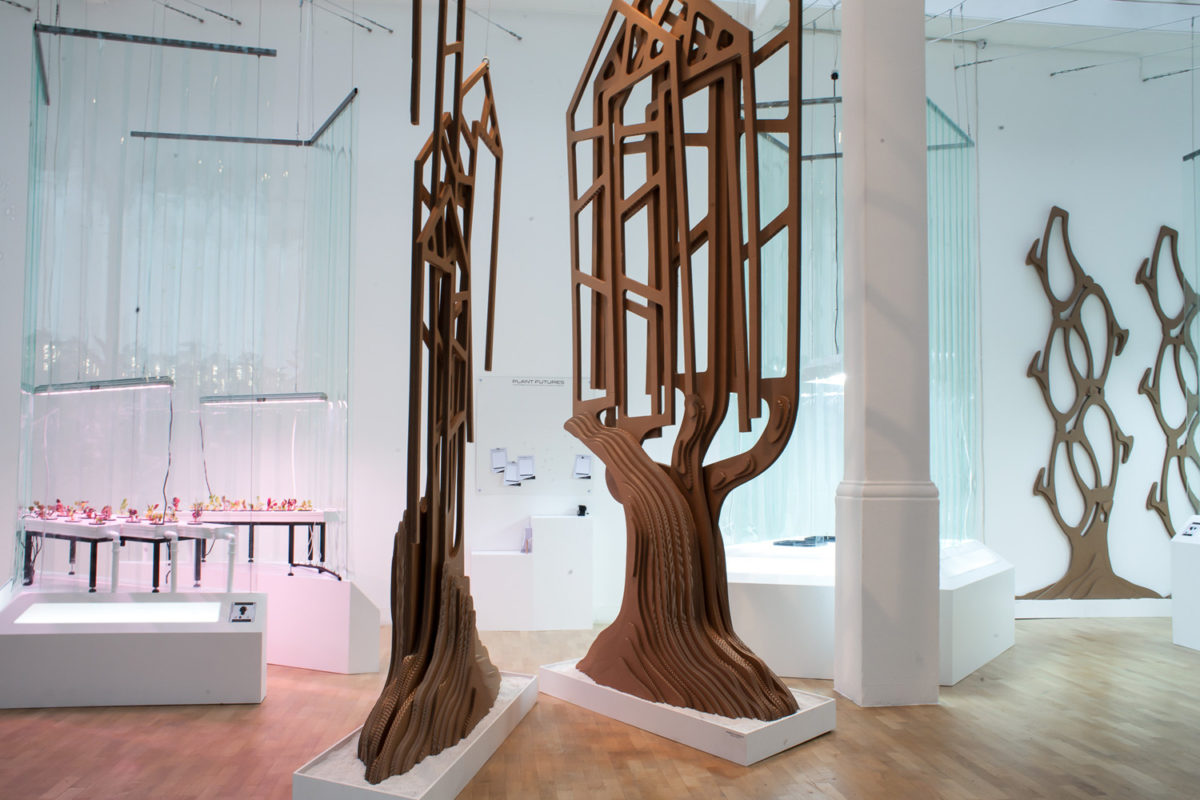
Designed by Charles Harrison Townsend, the Whitechapel Gallery was opened in 1901 as one of the first publicly funded galleries for temporary exhibitions in London, and it has a long track record for education and outreach projects, now focused on the Whitechapel area’s populations. It exhibits the work of contemporary artists, as well as organising retrospective exhibitions and shows that are of interest to the local community. During the 90s, Blazwick worked as an independent curator for museums and major public arts projects in Europe and Japan, devising surveys of contemporary artists and commissioning new works of art. Since 2001, Blazwick has been the Director of the Whitechapel Gallery, and is the series editor of notable Whitechapel Gallery/MIT Documents of Contemporary Art.
Non-Profit Organisations
Chisenhale Gallery || Polly Staple

Chisenhale Gallery was established by artists and has occupied the former veneer factory building on Chisenhale Road in Tower Hamlets since the early 1980s. The gallery is a registered charity and has received regular Arts Council funding since 1986. Polly Staple was appointed director in 2008. In her time as director, Staple has made Chisenhale one of the most innovative and well respected exhibition spaces in London. The organisation focuses on a programme of commissioned exhibitions, offsite projects and events, performances, film screenings and talks. Chisenhale Gallery produces up to five major exhibitions each year, promoting emerging and under-represented artists while contributing to the pursuit of new directions in their practice. The curatorial remit is to commission new work and support the artists throughout the project from inception to realisation and exhibition.
Parasol Unit || Ziba Ardalan
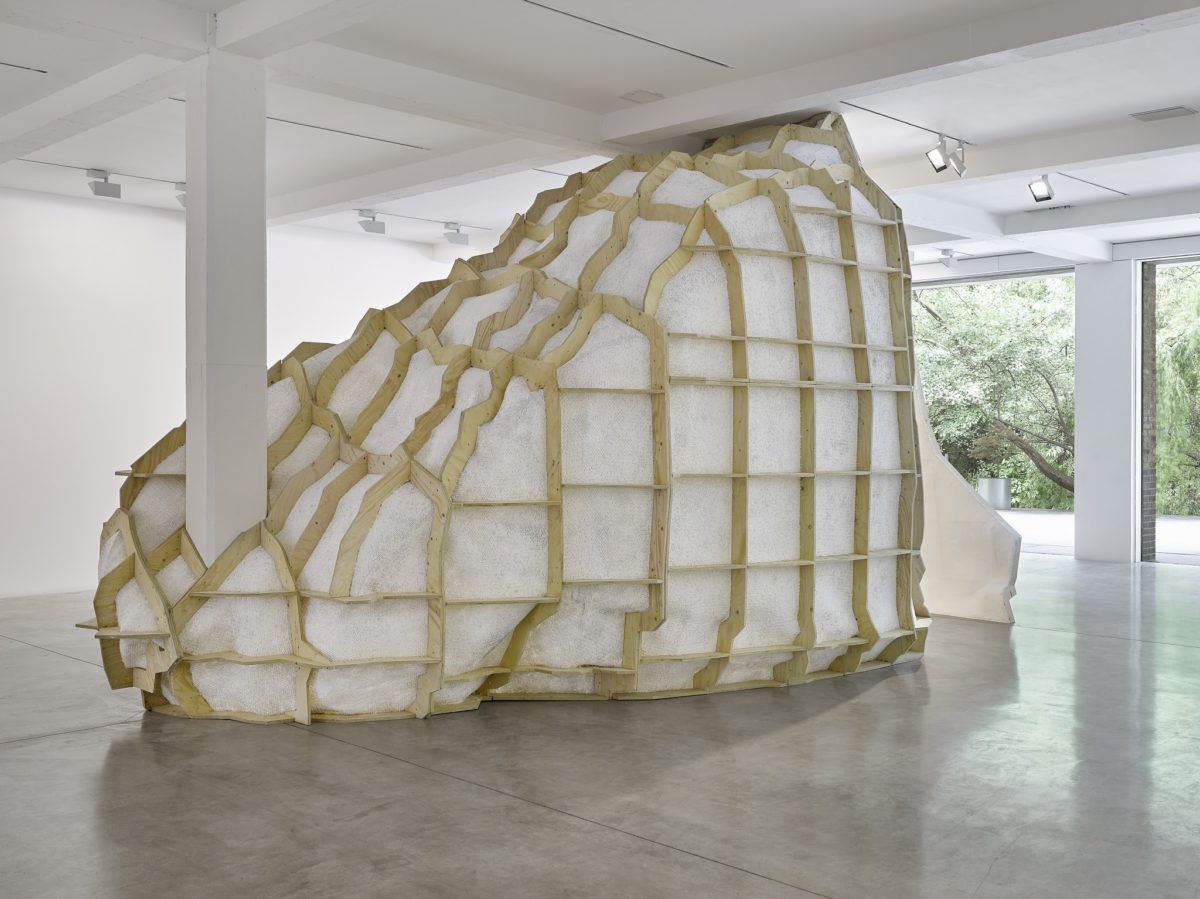
Parasol Unit operates as an educational charity and a non-profit contemporary art gallery. Established in 2005, the foundation is housed in a converted warehouse over two floors in a building that was renovated to a design concept by the Italian architect, Claudio Silvestrin. Parasol Unit was established by its Director & Curator, Ziba Ardalan. A graduate in History of Art from Columbia University New York, Ardalan previously worked as a Guest Curator at the Whitney Museum of American Art. Her organisation is devoted to promoting contemporary art for the benefit of the public. The exhibition programme comprises work by emerging and contemporary artists in a variety of media, spanning sculpture, painting, installation, video and photography. The foundation was developed on the model of a Kunsthalle, with no permanent collection. Exhibitions are also accompanied by a new publication, an artist’s monograph or catalogue, which is distributed worldwide.
Artangel || Michael Morris & James Lingwood
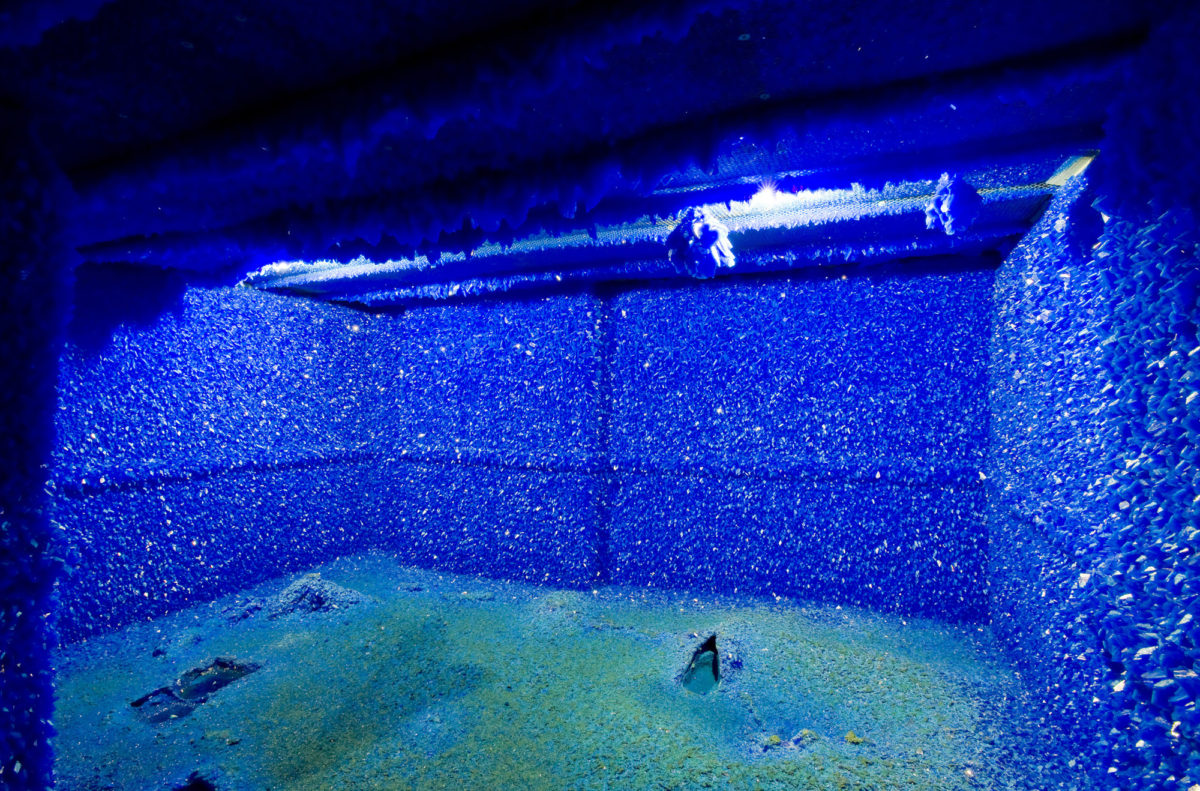
For over thirty years, and since 1991 under the direction of Michael Morris and James Lingwood, Artangel has produced extraordinary art in unexpected places throughout London, across the UK and around the world. The duo have built Artangel into a significant international commissioning and producing organisation, working with creatives across the visual arts and performance as well as forging pioneering collaborations with film and new media. Celebrated past projects include the Turner Prize-winning ‘House’ by Rachel Whiteread (1993), a concrete cast interior of a Victorian terraced house in East London, and ‘Seizure’ by Roger Hiorns (2008–2010), an abandoned South London council flat lined with a thick layer of glistening copper-sulphate crystals, also nominated for the Turner Prize. More recently, Artangel worked with innovative filmmaker Ben Rivers, filling the soon-to-be demolished BBC Television Centre at White City with a series of immersive video installations.
Auto Italia || Kate Cooper, Marianne Forrest, Marleen Boschen & Edward Gillman
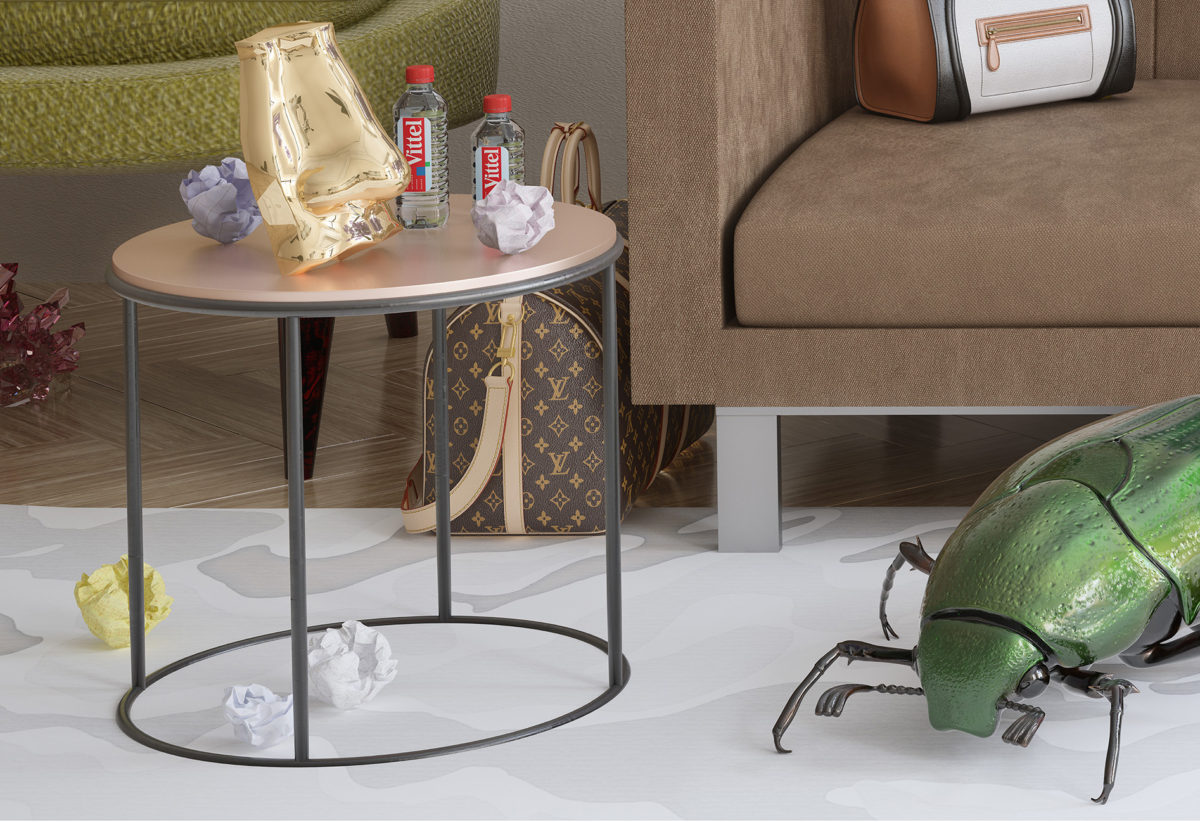
Helmed by Kate Cooper, Marianne Forrest, Marleen Boschen and Edward Gillman, Auto Italia South East is an internationally recognised artist-led project and studio that commissions and produces large-scale collaborative projects with emerging artists. Founded in 2007, Auto Italia’s work investigates the politics of self-organisation and collaborative practice, developing new models for producing and distributing artwork through performance, exhibitions and digital projects. Led by active research, programmes are developed through collaborations with artists in Auto Italia’s peer community. By working with practitioners from diverse creative disciplines, Auto Italia’s research brings together a varied set of positions, finding strength through critical mass.
Raven Row || Alex Sainsbury
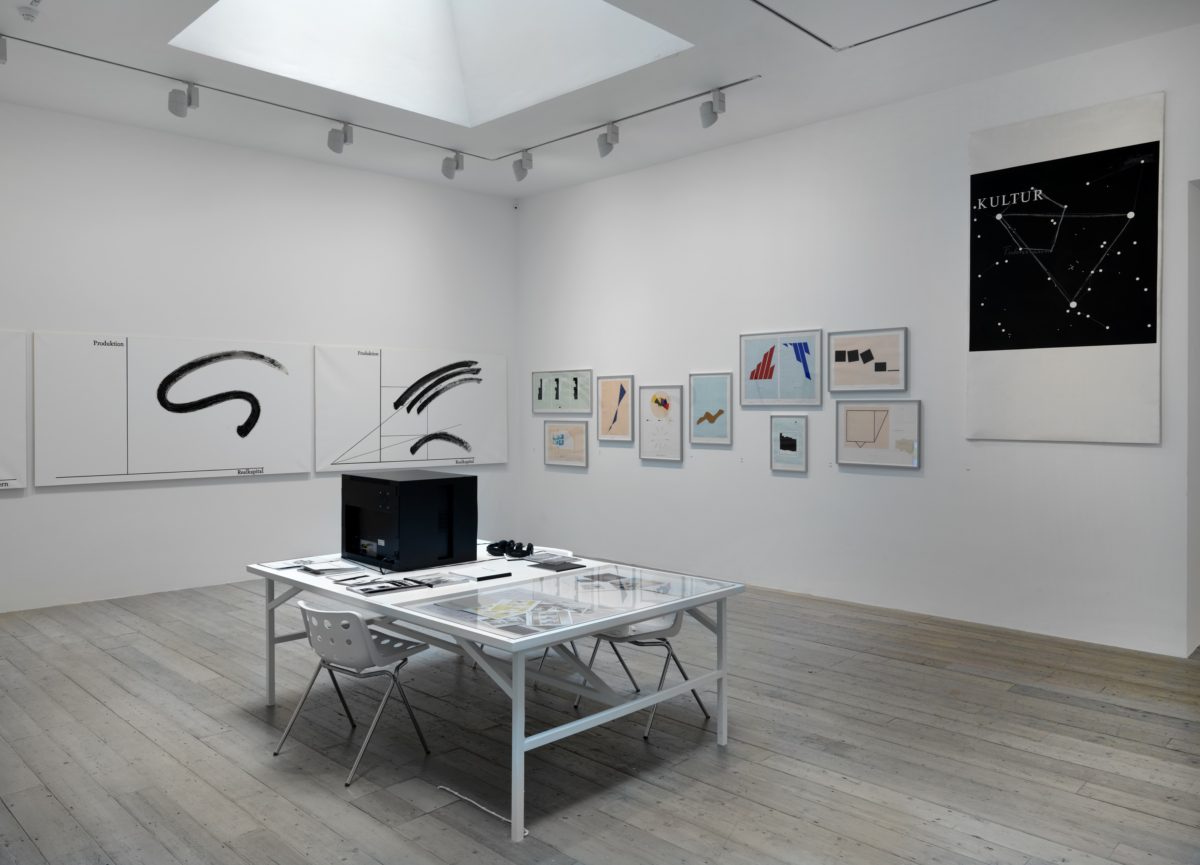
Founded by supermarket heir Alex Sainsbury in 2009, Raven Row Gallery is a major non-profit art space located nearby Liverpool Street. The organisation has held exhibitions by K.P. Brehmer, Iain Baxter, Hilary Lloyd, Harun Farocki, Eduardo Paolozzi, and Yvonne Rainer, to name a selection. After close to two decades on the periphery of the contemporary art world, Sainsbury found his calling in the shape of an 18th-century grade one listed building in a quaint lane on the edge of the City of London. He came across the building by chance, which had been empty for 12 years. Once the founder got his hands on it, with the expertise of London architects, 6a, he spent four years restoring the space. The contemporary art centre, which utilises two former mercers’ houses and a concrete-framed office building that was built in 1972, comprises gallery spaces, offices, two residential apartments and a working artist studio.
Emergent Galleries
Arcadia Missa || Rozsa Farkas & Tom Clark
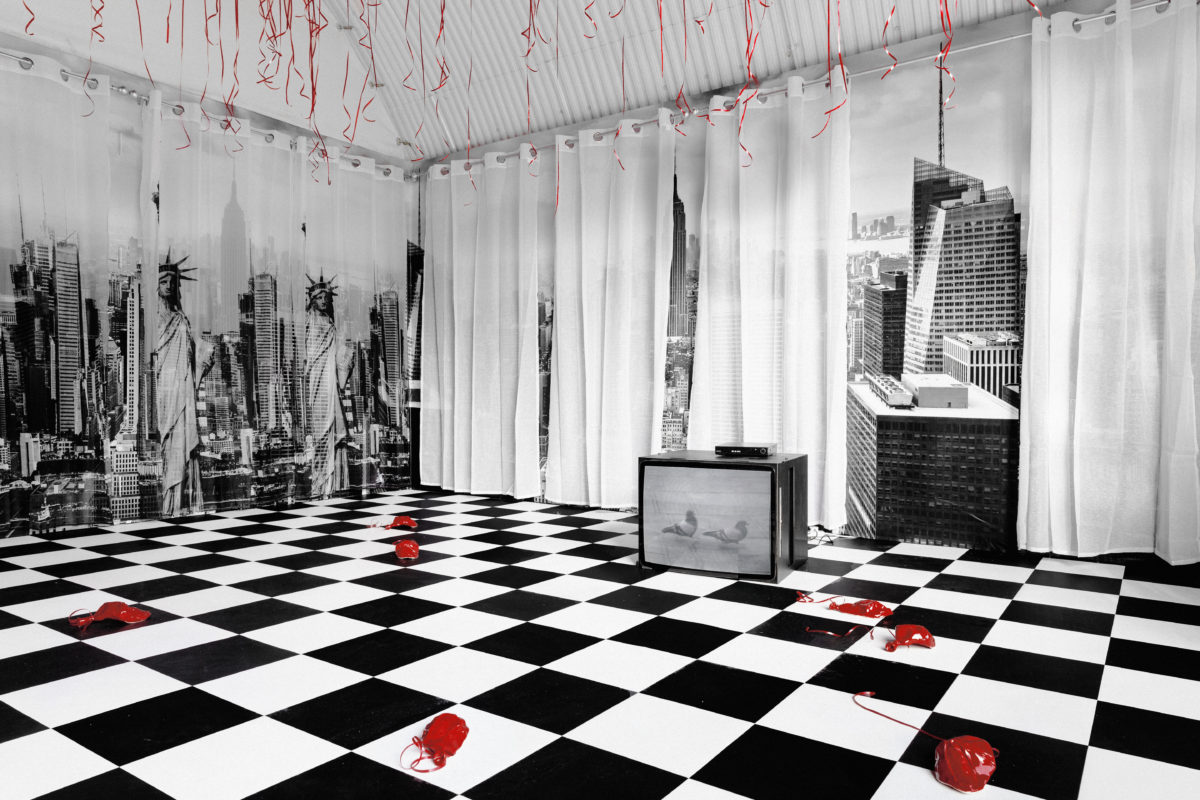
Arcadia Missa is a gallery, research and publishing project run by Rozsa Farkas and Tom Clark, launched in 2011, but building out of work the pair were carrying out as students at Central Saint Martins, surrounding institutional critique and self-education. The pair opened the gallery in February 2011 showing Lucky PDF and Warren Garland. Since then they’ve gone on to work with artists as varied as Marlie Mul, Harry Sanderson, Clunie Reid, Hannah Perry, Jesse Darling, Katja Novitskova and Amalia Ulman. They work around presenting new and collaborative modes of art-making, in particular those that often situate digital culture within a wider conversation on the socio-political context of everyday life. The gallery has been defined by their collaborative and conversational approach to showing artists, often overflowing into their programme of published works.
Project Native Informant || Stephan Tanbin Sastrawidjaja
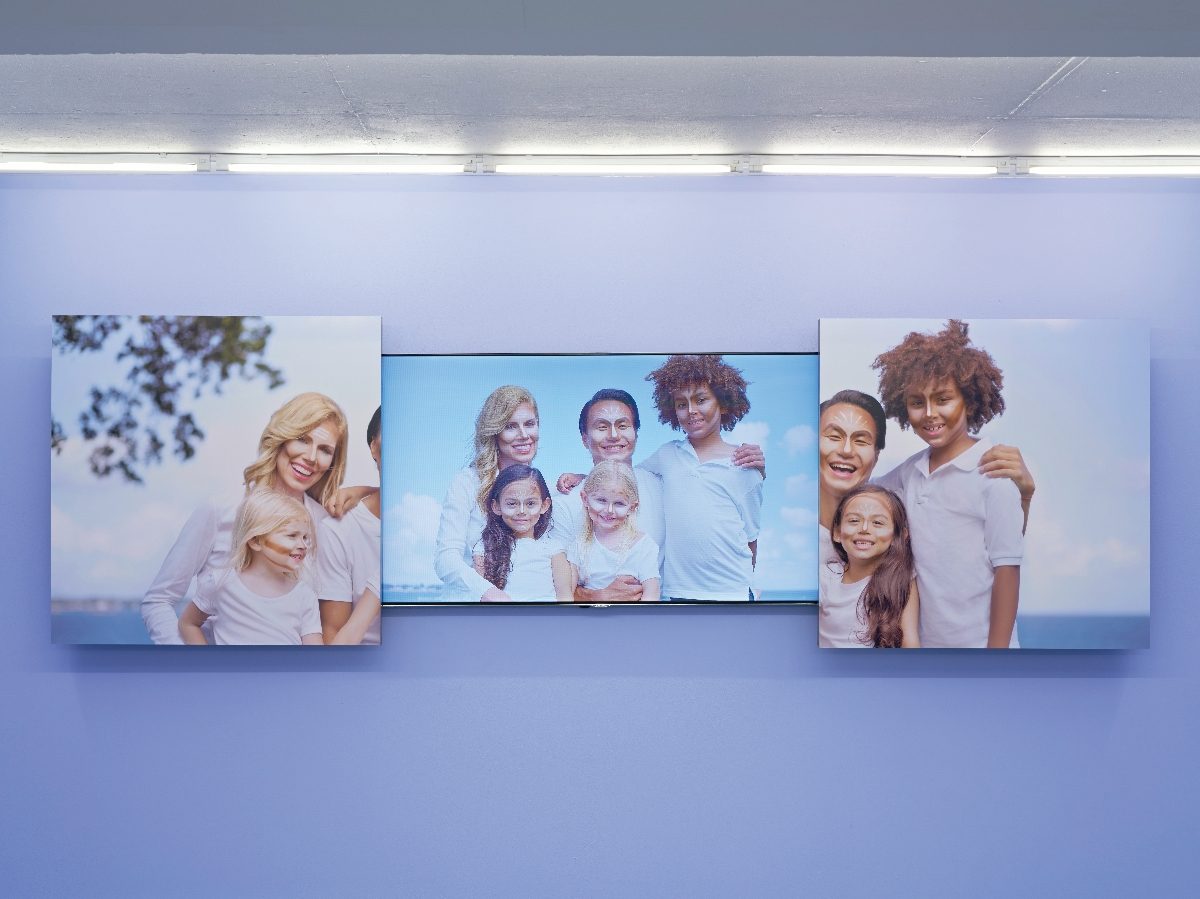
Sastrawidjaja earned his PhD in Comparative Literature at Columbia University, before traversing into the art world, starting out with an internship at Paula Cooper Gallery. He then began working for two private collections in Japan and Switzerland, before finding himself in London in 2010, where he attended classes at Goldsmiths, befriending many artists of his generation along the way. The following year, he found a space that suited his tastes, a former garage in Mayfair, behind Claridge’s and adjacent to a Louis Vuitton. The unique gallery programme has included projects by DIS, the Berlin Biennale curators who Sastrawidjaja knew back from before they started their magazine, the post-internet paintings of Sean Steadman, who the dealer discovered in his Royal Academy graduate show, and a series of small canvases that Morag Keil made from photos her boyfriend took of her secretly.
The Sunday Painter || Will Jarvis
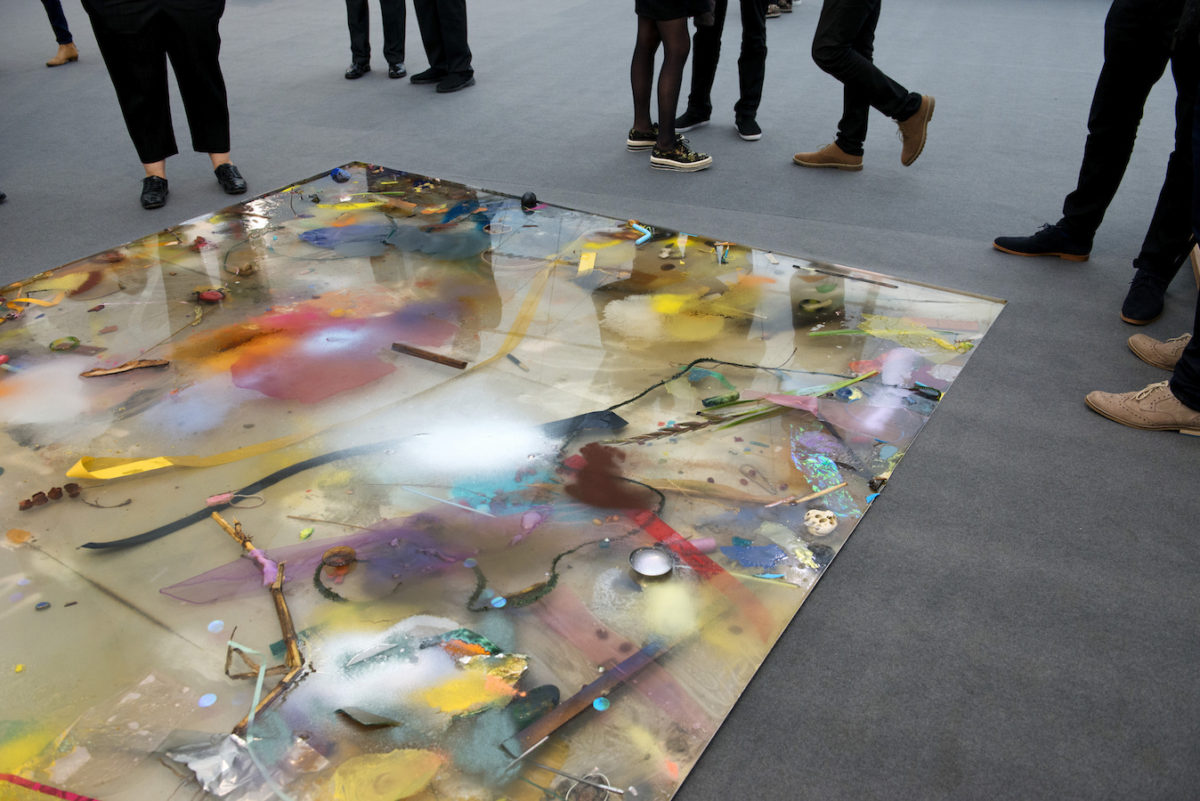
After Will Jarvis completed his bachelor’s in Painting at Camberwell College, he teamed up with fellow art graduates Harry Scoging Beer and Tom Cole to set-up The Sunday Painter, which now has its permanent residence in Peckham. The gallery is designed for emerging talent to showcase work alongside established artists. The artist-run space has gained substantial success over the past few years, notably receiving much acclaim for their presentations at Frieze London.
Limoncello || Rebecca May Marston
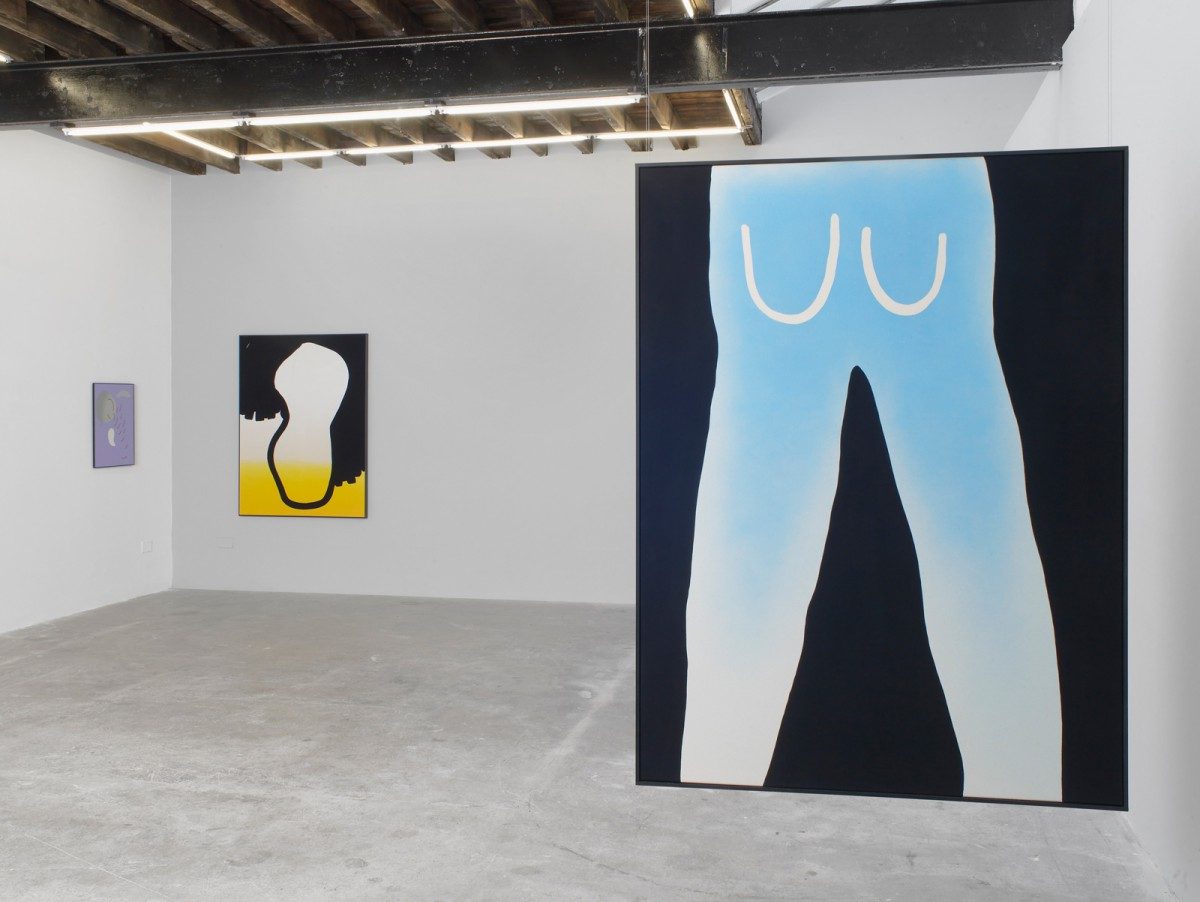
May Marston, who graduated from the Royal College of Art in 2005, opened Limoncello at its original Haggerston site back in 2007. She notes, “Limoncello led from a not-for-profit project I worked on; we had all these fabulous unrepresented artists and I thought, ‘I’m just going to do it.’ It was December 2007, which was probably the worst economic timing to open a gallery.” But following a number of years of success, the gallery relocated to its new Ebor Street site last year. Its roster of artists includes Bedwyr Williams, whose work recently filled the Barbican’s Curve gallery. The gallery now occupies a unit on the Huntingdon Industrial Estate, also home to Kinman Gallery, and the once nomadic Emalin.
Union Pacific || Nigel Dunkley & Grace Schofield
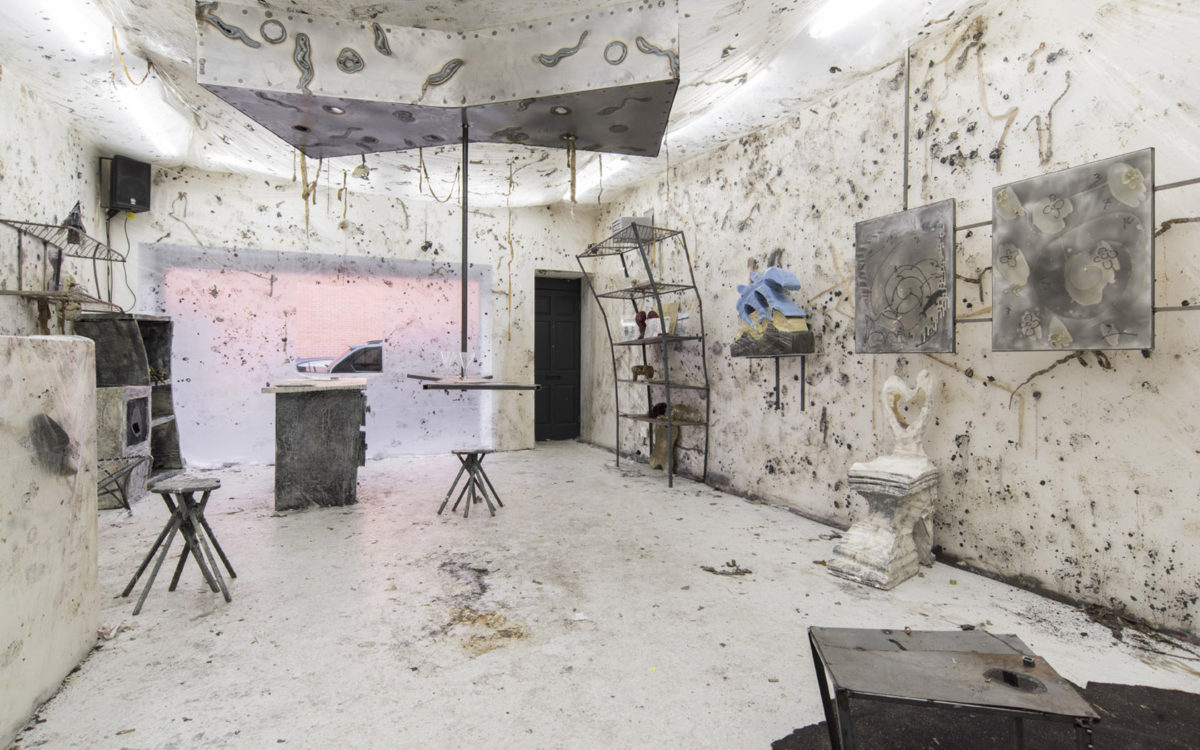
Founded in 2014 by Nigel Dunkley and Grace Schofield, Union Pacific is located in east London. Dunkley studied Fine Art at Goldsmiths before opening and co-directing N/V_PROJECTS, a project space in Peckham, which transformed into an on-going nomadic curatorial project and online blog. Dunkley then went on to act as Gallery Manager for Carlos/Ishikawa before embarking on Union Pacific. Schofield studied Fine Art at University of the Arts London before taking a four-year role at the Gagosian Gallery in London, alongside which she co-directed The Sunday Painter before leaving both previous roles to embark on Union Pacific. The gallery focuses on emerging London and international talent, championing the work of experimental artists.
Blue Chip Galleries
Gagosian || Larry Gagosian
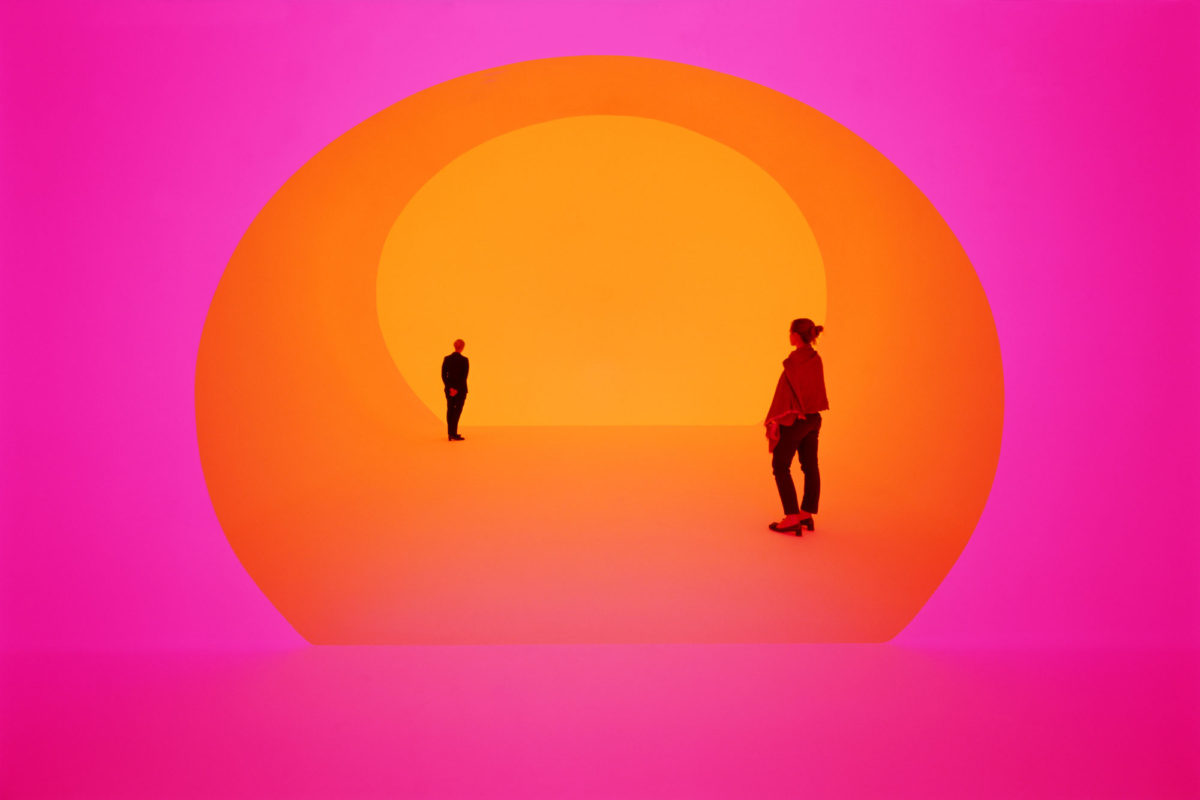
Larry Gagosian opened his first gallery in Los Angeles in 1980. Back then, the Los Angeles gallery showed the work of young contemporary artists such as Eric Fischl, Jean-Michel Basquiat and David Salle, as the New York City space mounted exhibitions dedicated to the history of The New York School, Abstract Expressionism and Pop Art by showing the earlier work of Robert Rauschenberg, Roy Lichtenstein and Willem de Kooning. Gagosian now has 12 galleries worldwide, two of which are in London. The first opened on Davies Street in 2000 and was designed by Caruso St John Architects, consisting of a huge glazed front that allows works to be visible 24 hours a day. Gagosian specialises in contemporary and modern art, including the works of internationally acclaimed artists Andy Warhol, Jackson Pollock, Damien Hirst and Pablo Picasso.
Hauser & Wirth || Iwan & Manuela Wirth and Ursula Hauser
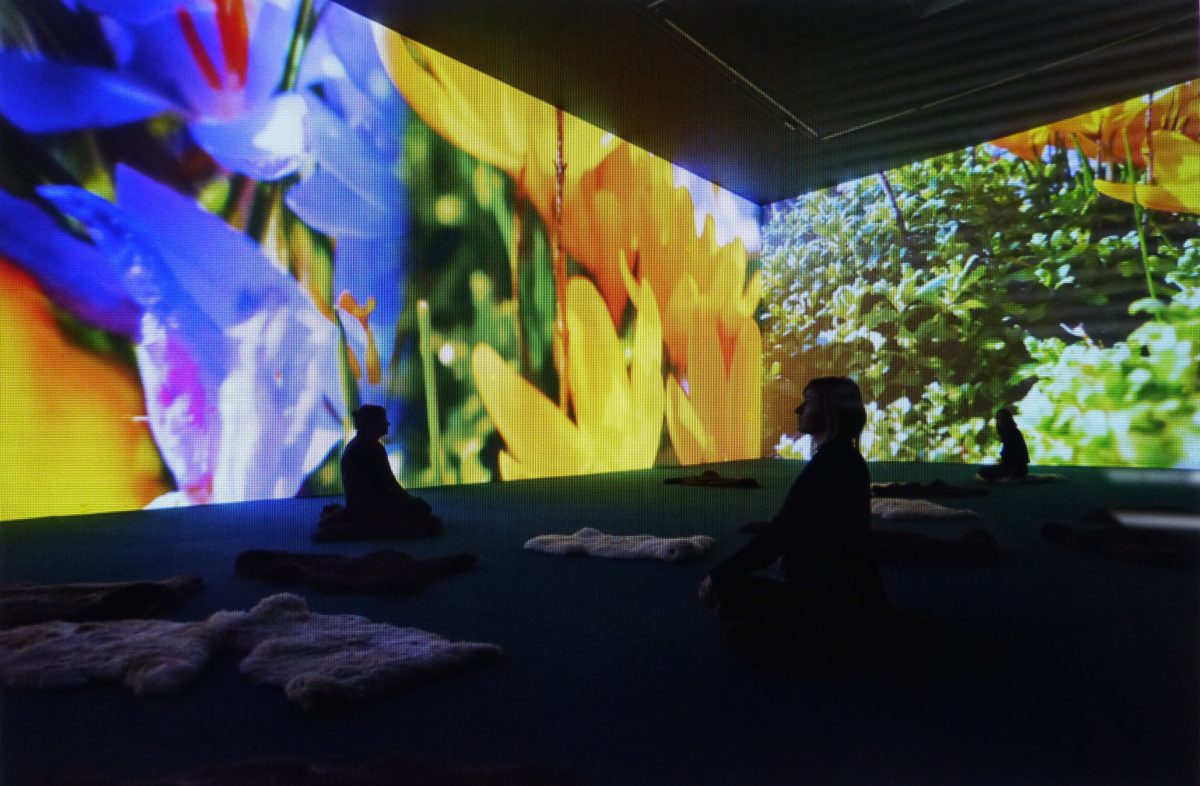
Hauser & Wirth is an international gallery devoted to contemporary and modern art, founded in Switzerland by Iwan and Manuela Wirth and Ursula Hauser in 1992. It is now a global enterprise, with spaces in Zurich, London, New York, Somerset, and Los Angeles. The gallery represents over 60 established and emerging artists, including Mark Bradford, Christoph Büchel, Roni Horn, Paul McCarthy and Pipilotti Rist, and is responsible for artist estates and foundations including The Louise Bourgeois Studio and The Estate of Philip Guston. Iwan Wirth and Manuela Wirth were jointly ranked as the number one most influential figures in the art world in ArtReview’s “Power 100” in 2015. Hauser & Wirth is also a publisher specialising in books on modern and contemporary art and has published over 100 titles since 1992.
White Cube || Jay Jopling
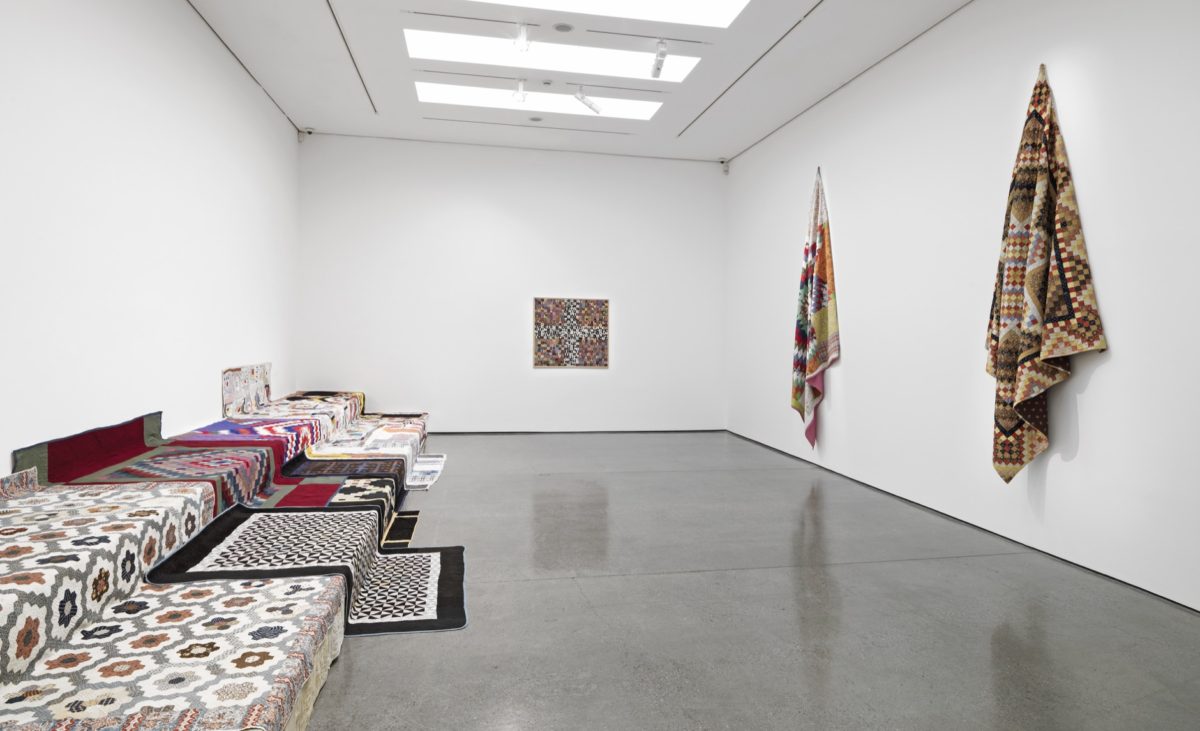
In 1993 Jopling opened the original White Cube on the first floor of 44 Duke Street, St James, in the West End. Located in the most traditional art-dealing street in London, the gallery was surrounded by Old Master galleries, antique dealers and specialist art bookshops. Its exhibition policy was to provide a one-off showcase for both British and international artists. Since then White Cube has presented solo shows of the most challenging British artists over the last two decades, and is regarded internationally as one of the world’s premier galleries. White Cube Mason’s Yard, situated off Duke Street, home of the original White Cube, opened in 2006. Previously the site of an electricity sub-station, the gallery was the first free-standing structure to be built in historic St James for more than thirty years. White Cube Bermondsey, opened in October 2012, and is the largest of the gallery’s four sites, providing more than 5440 meter squared of interior space. Jopling’s empire continues to grow with the development of projects in Hong Kong and São Paulo.
David Zwirner || David Zwirner
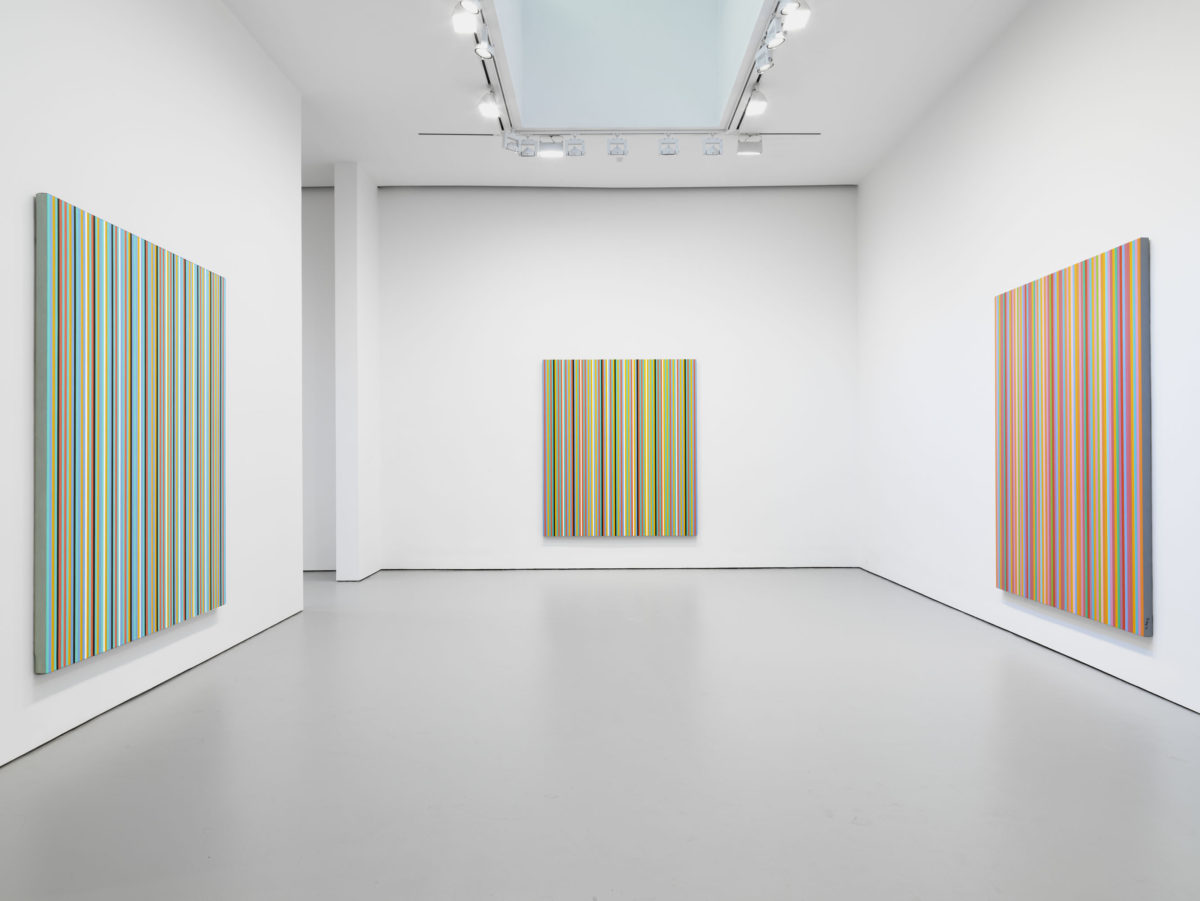
As a key representor of both modernist household names like Donald Judd and Dan Flavin, Zwirner also courts emerging talent. With galleries in New York and London and a potential expansion East into Hong Kong, Zwirner simultaneously props up past legacies through sales to private collections and carves a space in the global art market to nurture previously unheard of names through fairs and exhibitions. Zwirner’s stuck with this inimitable strategy since his first gallery opened in the early 90s and it’s earned him a key position in shaping the future of the contemporary art world. As an internationally-minded gallery, Zwirner’s presence is hotly anticipated at traveling art fairs, having been a key figure of Frieze since its inaugural season.
Lisson Gallery || Nicholas Logsdail
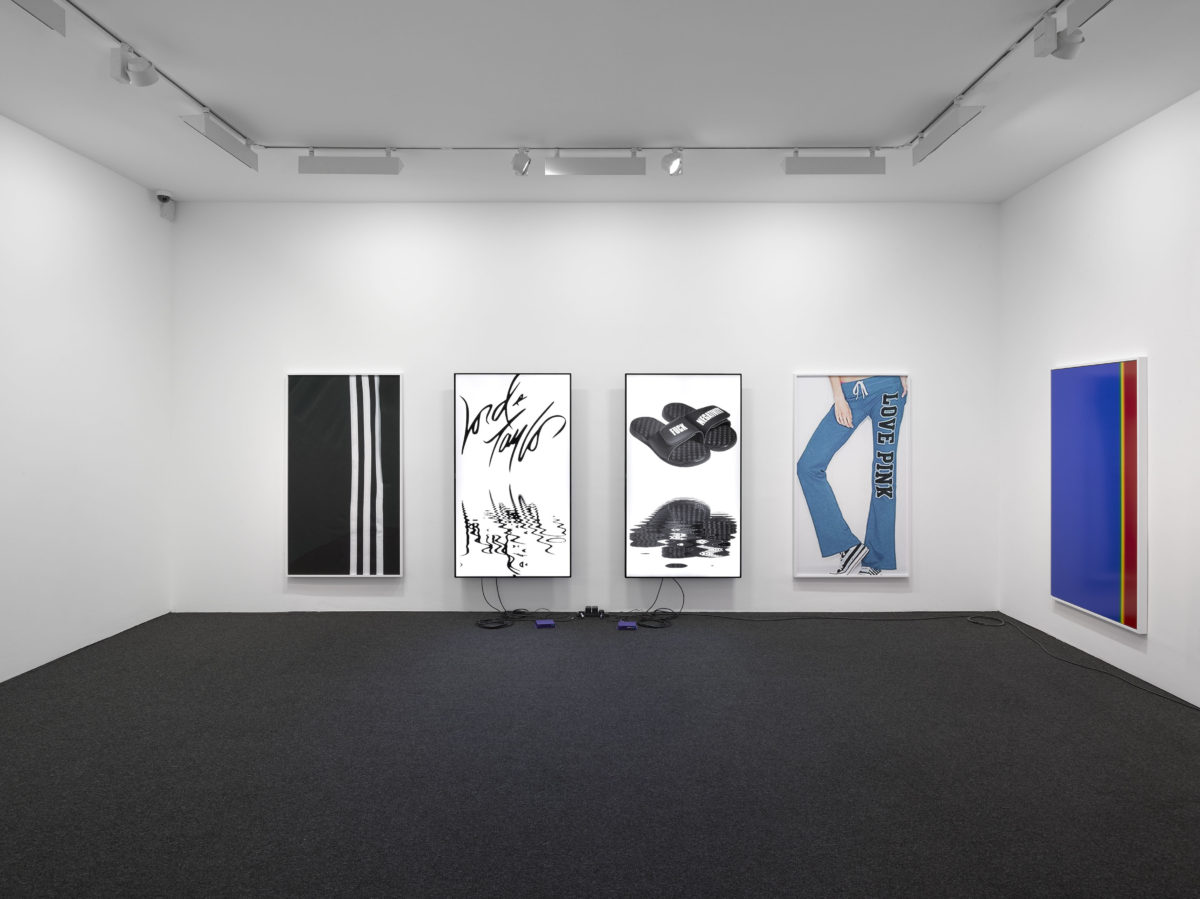
Lisson Gallery is a contemporary art gallery with locations in London, New York, and Milan, founded by Nicholas Logsdail in 1967. The gallery represents over 40 artists such as Ryan Gander, Carmen Herrera, Richard Long, John Latham, Sol LeWitt, Julian Opie, Richard Wentworth, Anish Kapoor, Richard Deacon, and Ai Weiwei. The opening exhibition in April 1967 was a group show of five young artists including Derek Jarman and Keith Milow. It was one of a small number of pioneering galleries in the UK, Europe and the United States to champion artists associated with Minimalism and Conceptual art. In the early seventies, Logsdail worked closely with Nicholas Serota when he was director of Modern Art Oxford. Today, the establishment has a reputation for being one of the world’s leading commercial galleries, representing a powerful roster of eminent artists.
Art Fairs & Events
Frieze London || Amanda Sharp, Matthew Slotover & Victoria Siddall
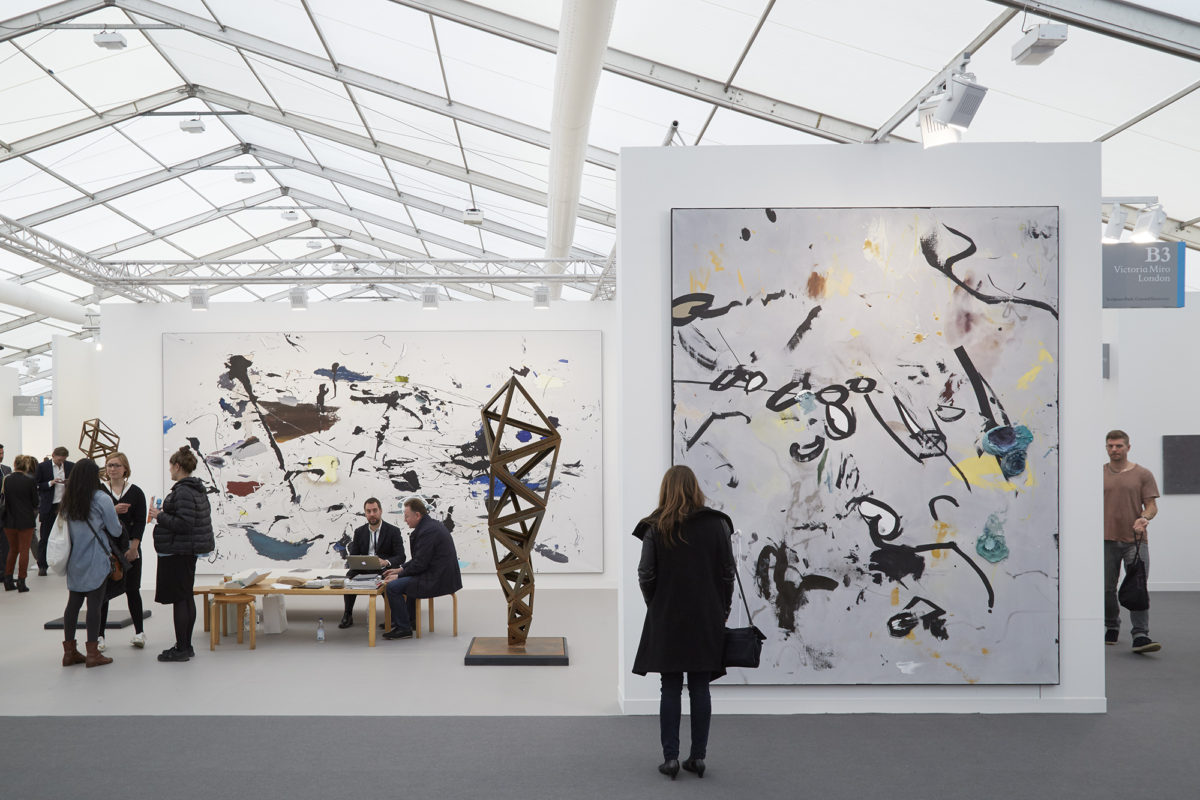
Frieze London has established itself as a pivotal event in the global art calendar. Launched by Amanda Sharp and Matthew Slotover back in 2003, the fair is now directed by Victoria Siddall, whose reputation in the art world was cemented five years ago when she engineered the launch of Frieze Masters. Frieze London houses booths from 160 galleries from over 25 countries, featuring an astonishing breadth of contemporary art. Running alongside the headline fair, Frieze Projects, established in 2003, is a non-profit programme of artists’ commissions presented annually in London. With support from the LUMA Foundation and Arts Council England, the initiative provides an important platform for contemporary artists to present new, site-specific works.
Condo || Vanessa Carlos
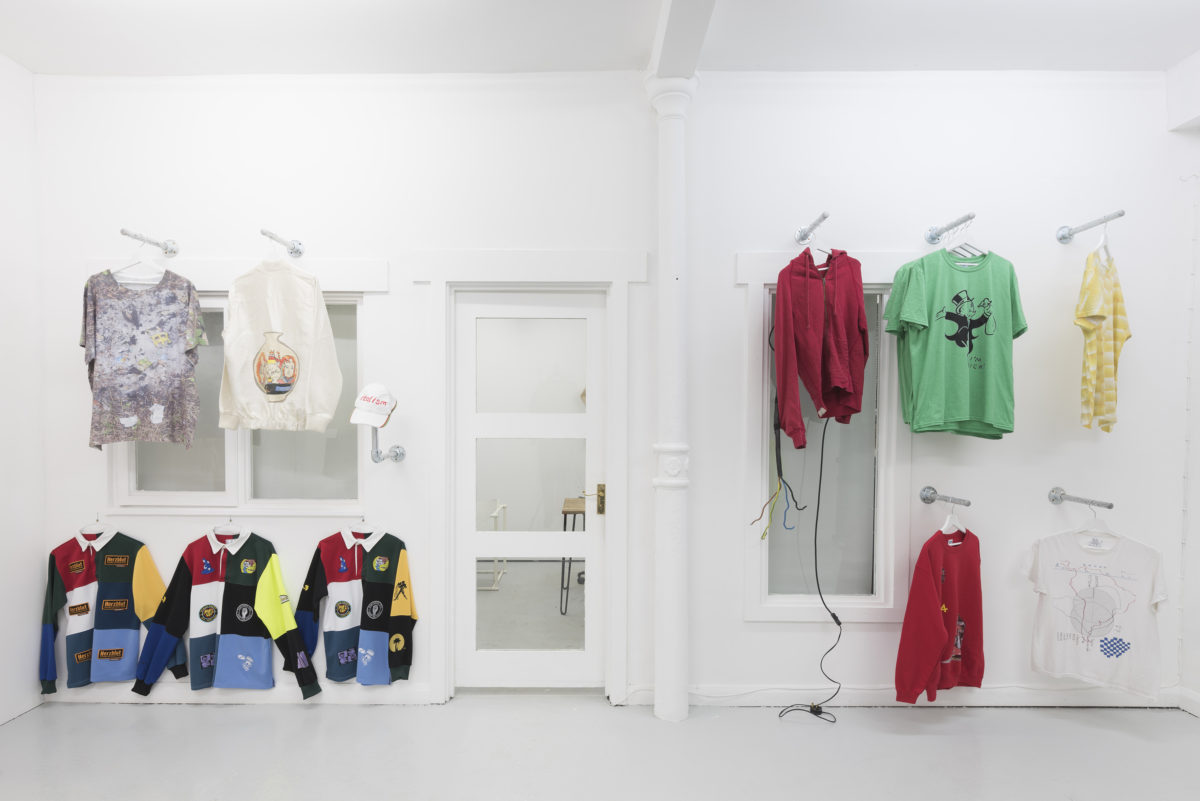
Condo, conceived by London art dealer Vanessa Carlos, co-founder of Carlos/Ishikawa gallery in Whitechapel, launched its inaugural edition in January last year. Carlos’s proposal offers an intelligent solution for galleries keen to present their artists to a wider public, when the costs of participating in art fairs are mammoth and sales remain unpredictable. Her idea involves London galleries lending their spaces for a month to foreign dealers to stage collaborative exhibitions, showcasing artists from both rosters. After a successful first edition featuring 24 galleries in 8 spaces, the collaborative enterprise is returning, running from 14 January to 11 February 2017, for it’s second edition. Predominantly featuring North American and European guests, there are also visitors from Shanghai, Guatemala City and Sao Paulo this year. Condo offers an exciting chance to get to grips with a diverse group of artists who might otherwise seldom make an appearance in London.